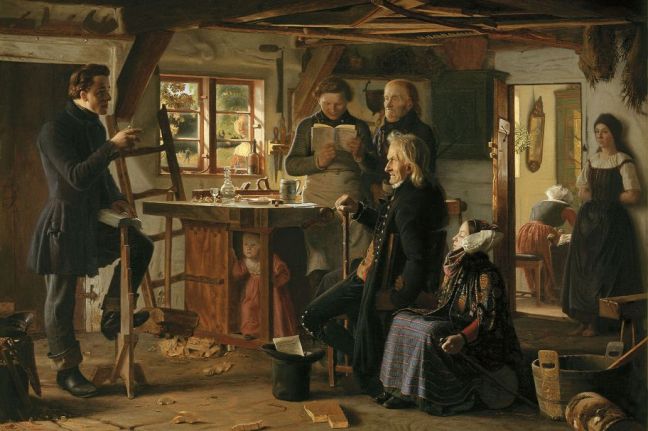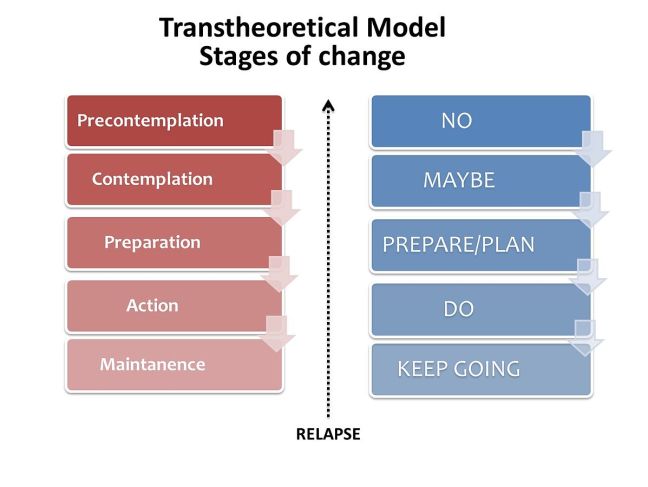
Antonia was in the elevator of the Hotel Utah, the modern-day Joseph Smith Memorial Building. She may have been feeling a bit out-of-place, a non-Mormon in the midst of the Mormon Capital. Then again, she attended Brigham Young University, a private university run by the The Church of Jesus Christ of Latter-day Saints, so she was used to it. A nice little old lady walked in to the elevator, smiled and broke the elevator silence rule and began striking up a conversation. At some point in the conversation the little old lady invited Antonia to the top floor, “You should meet my husband.” That’s odd, she thought, but sure, why not? The little old lady walked Antonia down the hall and introduced her to a small balding man, he stuck out his hand, “Hello, I’m Spencer Kimball, what’s your name?” Antonia said it was like a bolt of electricity went through her as she shook his hand and that there was just an aura or a spiritual presence around the man. She could tell he was a man of God.
Fast forward twenty years, it’s a Saturday night. Antonia goes to bed and that night she has a dream where she remembers meeting Spencer W. Kimball, who was then the president and prophet of The Church of Jesus Christ of Latter-day Saints. She wakes up crying, looks up the nearest LDS church, walks to church, meets some missionaries, gives them her name and address and says she would prefer the missionaries teach her in Spanish. A few days later, my companion and I, just a few days into my mission, get a referral with Antonia’s name and address.
The Transtheoretical Model of Change
It was during this same time when Antonia met Spencer W. Kimball that James O. Prochaska published his Transtheoretical Model of Change, or the Stages of Change Model. This model has been useful both in psychology but also within marketing and understanding it will help us to be better missionaries. Here’s what it looks like:
Stage 1: Pre-Contemplation
The first stage of change is pre-contemplation. This is early stage, so early that the person isn’t even thinking about change or perhaps even denies that change is necessary. This is the stage that people are at when missionaries are only “planting the gospel seed” and “not harvesting the sheaves.” The pre-contemplation stage is the stage in which people are “blinded by the subtle craftiness of men” (D&C 123:12). By definition, someone in the pre-contemplation stage isn’t even yet an “investigator.” As missionaries and members the hope and goal in this stage is primarily to educate, to make people aware that the gospel is out there. In essence, the goal is to let them know here’s truth and here’s where you can find it. Examples include pass-along cards, the church’s advertisements, and simple invitations to “come and see.” Note though, that in this stage, many times the person will simply say, “No. Not interested.” It takes a lot of no’s to get to yes. When Antonia met Spencer W. Kimball she was in pre-contemplation, and she spent the next twenty years in that stage.
Stage 2: Contemplation
The second stage is contemplation. People in this stage are truly “investigators”. They are looking for answers, they have recognized a potential need for change and are actively seeking information. However, within the contemplation stage, people still aren’t ready To Act or Commit. The investigator in this stage does not yet have “real intent.” If the missionaries ask them to make a firm commitment to be baptized in this stage, they’ll be wishy-washy about the commitment, “Maybe…. If God’s answered my prayers and I’m super certain… then, sure. But that hasn’t happened yet.” It’s always important to teach with the Spirit, but especially in Stage 2 the goal is to create short opportunities for the Spirit to inspire the investigator to continue along the Stages of Change. Within Stage 2 inspirational and emotionally powerful content such as testimony, reading verses of scripture, and teaching how to pray all create in the investigator opportunities to contemplate the new experiences, feelings, and information. As the missionaries/members teach and share, the investigator continues to learn, but it is the feelings and inspiration that impacts the investigator the most in this stage. It took her dream to push Antonia into the Contemplation stage, and it motivated her to start seeking answers.
Stage 3: Preparation
The third stage of change is preparation. Within this stage the investigator is making and keeping commitments. He or she is actively making plans, and likely has a goal or perhaps even a baptismal date for which he or she is preparing. Within this stage, people intend to act. Within this stage, were all things to remain unchanged, the person would follow through. In stage 3 the goal is to reassure. As Paul said and as Jeffrey R. Holland eloquently expounded in his sermon Cast Not Away Therefore Your Confidence,
“Call to remembrance the former days, in which, after ye were illuminated, ye endured a great fight of afflictions… Cast not away therefore your confidence (Heb. 10:32,35)…. Don’t forget how you once felt. Don’t distrust the experience you had…. With any major decision there are cautions and considerations to make, but once there has been illumination, beware the temptation to retreat from a good thing. If it was right when you prayed about it and trusted it and lived for it, it is right now. Don’t give up when the pressure mounts.”
I remember teaching a wonderful family on my mission and each time after we would visit the mother would be all fired up and ready to go forward with baptism, but then after we’d leave and days later she’d start doubting what she had felt. I remember speaking to her on the phone one evening after we’d visited and she shared these feelings with me. I was able to pull out my small, mini laminated version of Elder Holland’s talk and share the reassuring truths–If it was right when you prayed about it and trusted it and lived for it, it is right now! Beware the temptation to retreat from a good thing. Cast not away therefore your confidence– This reassuring truth was what was needed and the baptism and teaching of this family was one of the jewels of my mission.
Teaching Antonia was another of the greatest experiences of my mission. She was incredibly well-educated and extremely fun to teach. But change is hard, and she definitely needed reassuring as she debated on giving up her gin and tonic or even turning down a marriage proposal that would have taken her life in a different direction than the one she was on.
Stage 4: Action
Stage 4 is Action. This stage is very similar to Stage 3: Preparation. It’s almost like Late Stage 3, everything from when the action is decided on up until the action of doing is done is Stage 4. Again, reassuring spiritual experiences and continuing to educate and teach are parts of this stage. As a missionary, Stage 4 is the “harvesting” part. My wife and I have noticed that it seems that our family missionary work has tended to be more of the seed planting, rather than harvesting variety. We’ll continue to do so and hope that we plant good seeds and that others can reap a good harvest.
There were bumps along the road, but Antonia was baptized over twenty years since she’d recognized Spencer W. Kimball as a man of God. Change can be a long time coming, good thing God is exceptionally patient. 🙂
Stage 5: Maintenance/Advocacy
In stage 5 the investigator has become a new member via baptism. The action is complete. The early parts of this stage require that aspects of the earlier stages (educate, inspire, and reassure) continue in order to maintain the change. Gordon B. Hinckley taught this by saying that all new members require: nurturing by the good word of God, an assignment, and a friend. The later part of this stage is true conversion: advocacy. The Savior told Peter, “When thou art converted, strengthen they brethren (Luke 22:32).”
As we teach and share the gospel, if we can understand where people are in the Stages of Change we can use that understanding and the promptings of the spirit to know whether we should educate the pre-contemplating, inspire the contemplating, or reassure the preparing/doing investigators.
One of the most rewarding experiences of my mission was an opportunity I had to see Antonia speak at a devotional in which she shared her conversion story, beginning with her parents’ desire to send her to a school with high values that also wasn’t a party school –you can’t get more stone cold sober than BYU– then a simple ride in an elevator, having the courage to speak to the little old lady next to her, and then meeting the prophet of God, which planted a tiny seed in her heart. That seed then lay buried there for twenty years until it sprouted forth and was able to be harvested by a young, inexperienced 19 year-old missionary still trying to learn Spanish– me.


Very nice. Great experiences and well researched the changes one goes through. I assume these changes exist for all things major that one must pass through in life. Thanks for the thoughts.
Dad
LikeLike